In the quest for better health, the choices we make in our daily diet can significantly impact our well-being. Some vegetables, though popular, are not as nutrient-dense as they seem.
This guide explores eight such vegetables and suggests healthier alternatives that provide more nutritional value. By understanding these differences, you can make informed decisions and enrich your meals with vital nutrients.
1. Zucchini
While zucchini is often celebrated for its versatility in cooking, it doesn’t pack a nutritional punch. Its high water content means it offers minimal vitamins and minerals. Many people mistake its soft texture for health benefits, but it lacks significant nutrients.
In meals, zucchini can add bulk but not much else in terms of nourishment. It’s a favorite in low-calorie dishes, yet those seeking substantial health benefits might be disappointed. Opt for alternatives that provide more vitamins per bite. Zucchini may be hydrating, but for robust health, it’s wise to look beyond it.
2. Cabbage
Cabbage is a powerhouse of nutrients wrapped in layers of crunchy leaves. Rich in vitamins C and K, it supports the immune system and bone health. This humble vegetable also brings antioxidants to the table, aiding in inflammation reduction.
Unlike some leafy greens, cabbage maintains its nutrients through various cooking methods, making it a versatile choice in the kitchen. Whether enjoyed raw in salads or cooked in stews, cabbage adds a nutritious punch. Exploring its varieties like red or savoy can further expand its culinary appeal and nutritional benefits.
3. Corn
Corn’s golden kernels may be delightful to the eyes, but they don’t offer much in terms of balanced nutrition. High in carbohydrates and sugars, corn can contribute to blood sugar spikes. While it does provide fiber, its overall nutritional profile is limited.
Often found in processed forms, corn loses even more of its natural benefits. For those mindful of their dietary needs, replacing corn with vegetables offering fiber and vitamins can be more beneficial. It’s better to consume it sparingly and focus on healthier options that enhance nutritional intake.
4. Green Bell Peppers
Green bell peppers, with their crisp texture and vibrant hue, are a fantastic addition to any meal. Packed with vitamin C, they bolster the immune system and promote skin health. These peppers are also low in calories, making them a guilt-free snack.
Unlike their red and yellow counterparts, green bell peppers have a slightly more bitter taste but still provide essential nutrients. Toss them in salads, stir-fries, or as a crunchy topping. Their versatility in various dishes makes them a staple for those looking to boost their vitamin intake naturally.
5. Iceberg Lettuce
Iceberg lettuce often finds its way into salads and sandwiches, but nutritionally, it leaves much to be desired. Its crisp texture and mild taste are appealing, yet it offers little in terms of vitamins and minerals. Mostly water, iceberg lettuce lacks the nutrient density of its leafy counterparts.
For those seeking nutritional benefits, other greens provide more vitamins per serving. While it adds a refreshing crunch, relying on iceberg lettuce for nourishment isn’t wise. Exploring more nutrient-rich greens can elevate your diet’s health quotient significantly.
6. Pickles
Pickles, though flavorful, are not often considered for their nutritional value. Primarily composed of cucumbers and brine, they offer minimal vitamins and minerals. However, they are excellent for adding zing to dishes without calories. The fermentation process in some pickles can contribute to gut health, though the sodium content must be monitored.
While they provide a crunchy texture and tangy taste, pickles should not replace fresh vegetables in a balanced diet. They are best enjoyed in moderation, complementing dishes rather than serving as a main source of nutrients.
7. Cucumber
Cucumbers, with their refreshing taste and high water content, are a favorite in summer salads. However, they don’t offer much beyond hydration. While they provide some vitamin K, their nutritional profile is otherwise sparse. Cucumbers can add a cool crunch to dishes but don’t provide significant health benefits.
For those looking to enrich their diet, other vegetables can offer more vitamins and minerals. Despite their popularity in detox waters, cucumbers should be complemented with more nutrient-dense options to ensure a well-rounded intake.
8. Broccoli
Broccoli stands tall as a nutritional heavyweight in the vegetable world. Bursting with vitamins C and K, it also boasts a wealth of fiber and antioxidants. These elements work together to support the immune system and promote overall health.
Unlike some vegetables that lose nutrients when cooked, broccoli retains its benefits, whether steamed, roasted, or raw. Its versatility makes it a favorite in various dishes, offering a satisfying crunch and rich flavor. Broccoli’s ability to adapt to different cuisines further underscores its status as a superfood.
9. White Potatoes
White potatoes, despite being a staple in many diets, fall short in nutritional density. High in carbohydrates, they can lead to blood sugar spikes if not consumed in moderation. While they provide some potassium and vitamin C, these benefits are overshadowed by their starch content.
The manner of preparation, often fried or mashed with added fats, impacts their healthiness. Opting for less starchy vegetables can offer more balanced nutrition. Those who love potatoes might consider healthier cooking methods or choosing nutrient-rich alternatives for better health outcomes.
10. Radishes
Radishes bring a peppery zest to the plate and are more than just a garnish. These root vegetables are low in calories yet high in vitamin C and fiber. They help in digestion and add a colorful touch to salads. The crunchy texture enhances the eating experience, making them a delightful addition to meals.
Radishes also come in various colors and shapes, each with its unique flavor profile. From simple salads to elaborate dishes, they offer versatility and nutrition, proving that sometimes the best items come in small packages.
11. Celery
Celery’s reputation as a low-calorie snack doesn’t equate to high nutrition. Though it offers some fiber and vitamin K, its benefits are minimal compared to other vegetables. Often used as a diet food, celery can be refreshing but not nourishing.
Its crunchy texture and mild flavor make it a popular choice for dips, yet it shouldn’t be relied upon for substantial nutrition. To enhance dietary intake, complement celery with more nutrient-rich options. While useful in certain culinary contexts, it leaves much to be desired nutritionally.
12. Spinach
Spinach leaps into the spotlight as a nutritional superstar, known for its rich composition of vitamins A, C, and K. This leafy green supports bone health and boosts the immune system, making it a valuable addition to any diet. Spinach’s mild flavor and tender texture enhance a variety of dishes, from smoothies to salads.
Its high iron content is particularly beneficial for vegetarians. Whether wilted in a warm dish or fresh in a salad, spinach provides a wealth of nutrients. Its adaptability and health benefits make it indispensable.
13. Mushrooms
Mushrooms, often praised for their umami flavor, are not heavy hitters in the nutrient department. While they provide some vitamin D and selenium, these aren’t enough to make them a dietary staple. Mushrooms excel in culinary versatility, adding depth and flavor to dishes without overpowering them.
Their unique textures accommodate a range of cooking styles, but they should be paired with more nutrient-dense foods for balanced meals. Despite their culinary appeal, mushrooms are best appreciated for their taste and texture rather than their nutritional contribution.
14. Sweet Potatoes
Sweet potatoes dazzle with their vibrant hue and impressive nutritional profile. Rich in vitamins A and C, they support eye health and immunity. Unlike regular potatoes, sweet potatoes offer complex carbohydrates that release energy steadily. Their natural sweetness and creamy texture make them versatile in both savory and sweet dishes.
Baked, mashed, or roasted, they retain their nutrients and enhance any meal. Sweet potatoes’ ability to combine flavor with health benefits makes them a superior choice for those seeking nourishment without compromising on taste.
15. Romaine Lettuce
Romaine lettuce, though often seen as a salad staple, doesn’t offer much beyond crunch. It’s low in calories but also in nutrients compared to darker leafy greens. While romaine provides some vitamin A and K, these amounts are minimal for those seeking substantial health benefits.
Its crisp texture is refreshing, yet relying on it as a primary nutrient source isn’t advisable. For a healthier salad, combine romaine with other greens richer in vitamins and minerals. Incorporating a variety of vegetables can elevate its nutritional value significantly.
16. Kale
Kale reigns supreme as a nutrient powerhouse among greens. Packed with vitamins A, C, and K, it offers unparalleled health benefits. This leafy vegetable also boasts antioxidants and fiber, aiding digestion and reducing inflammation. Kale’s robust texture and earthy flavor make it a versatile addition to many dishes.
Whether blended into smoothies or massaged into salads, it retains its nutritional integrity. Its reputation as a superfood is well-earned, providing a concentrated source of essential nutrients in every bite. Kale is a must-have for health-conscious eaters.
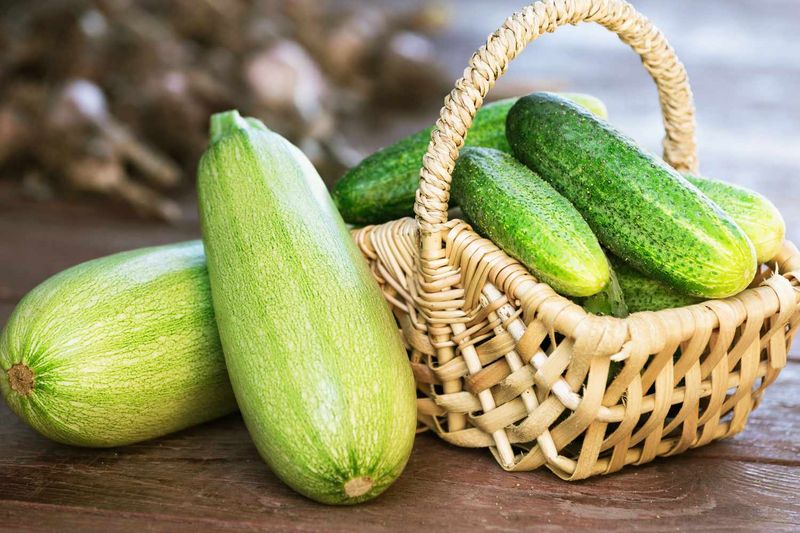

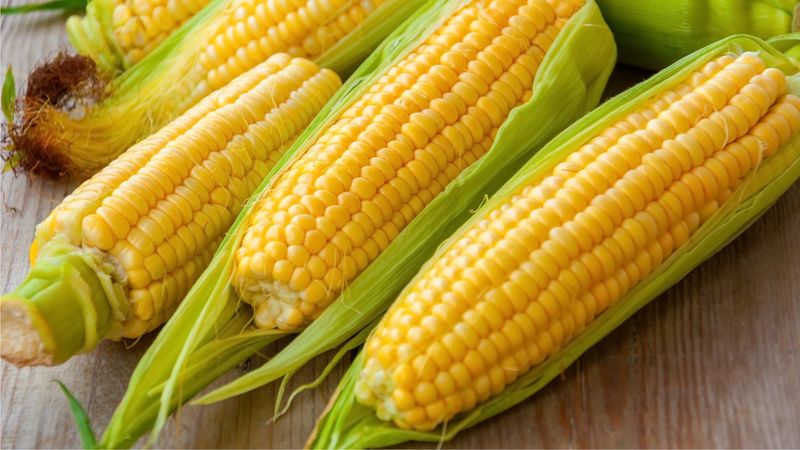
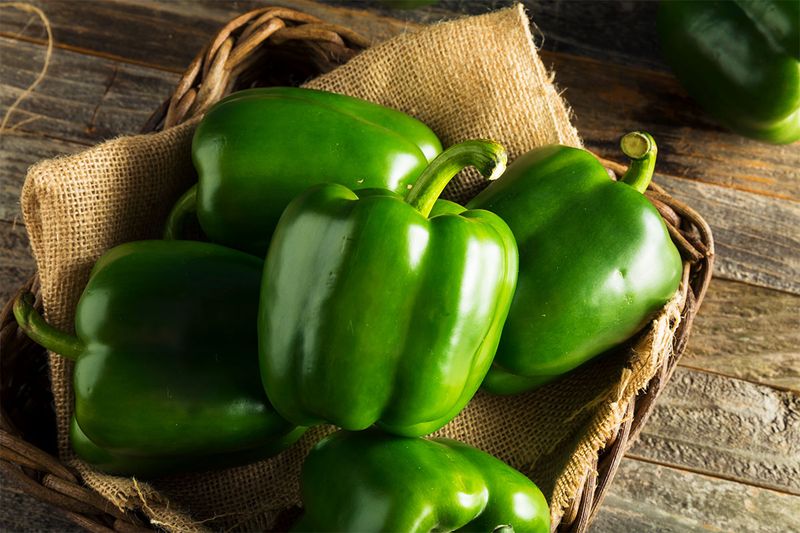
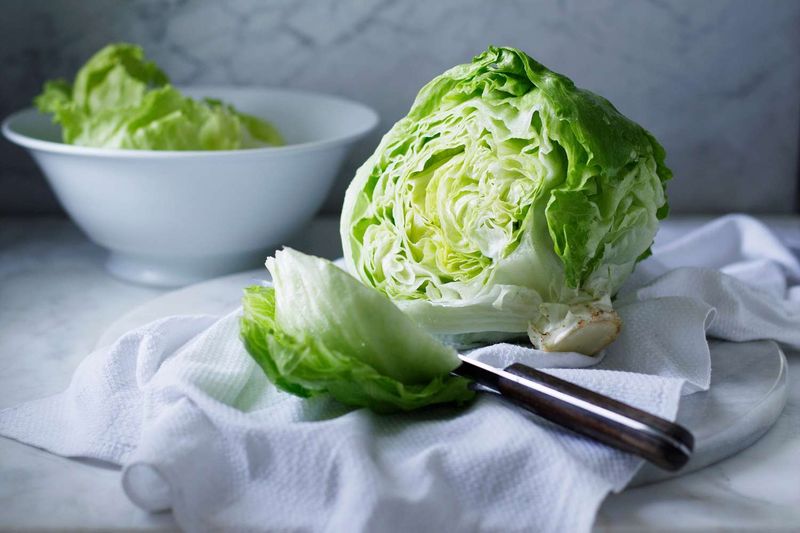

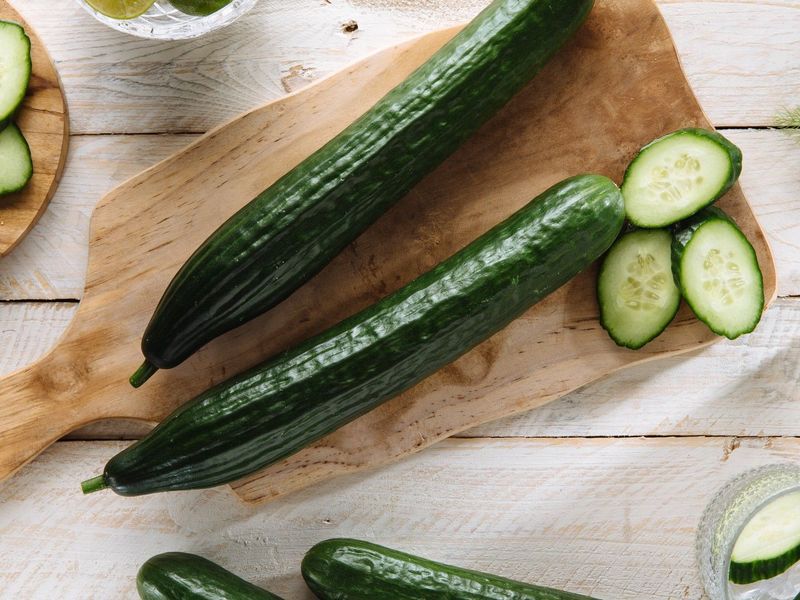
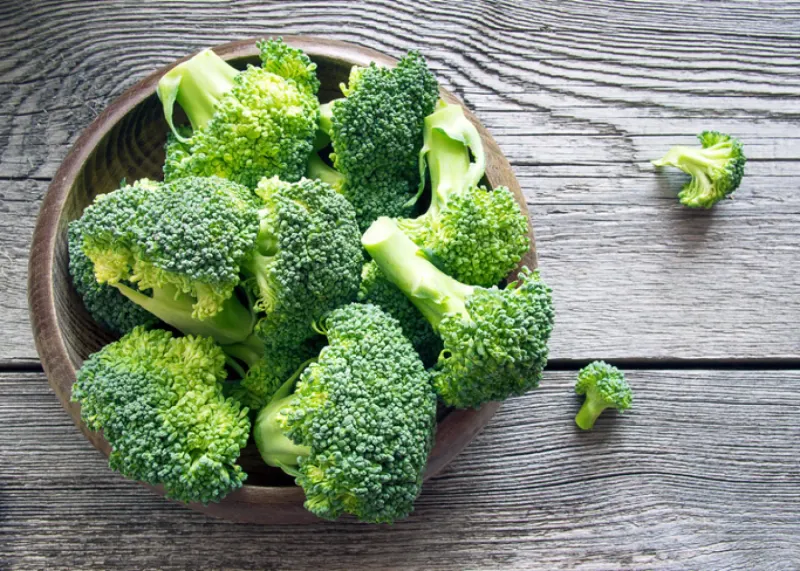
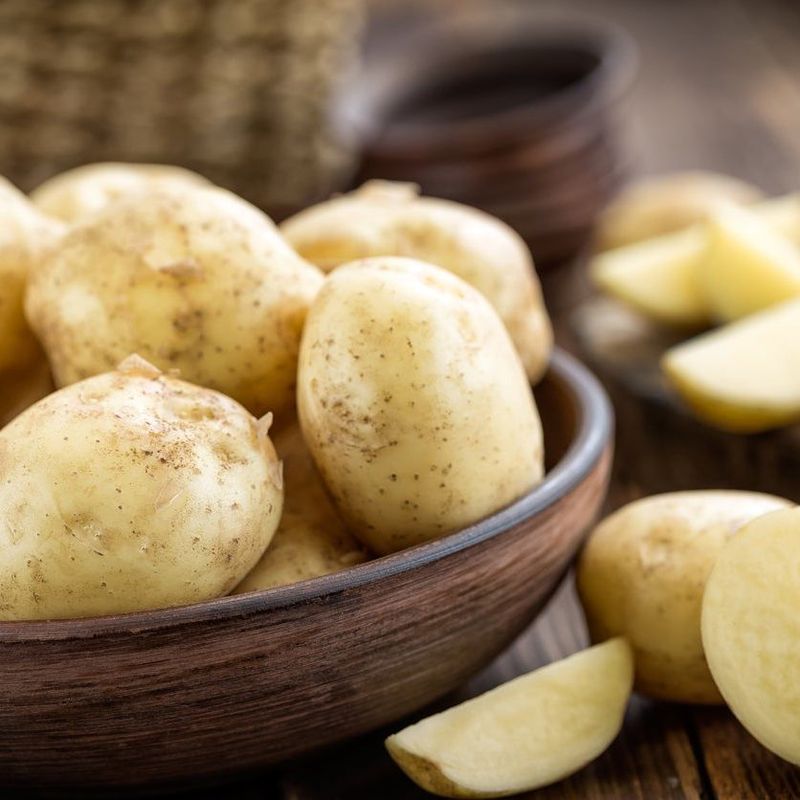
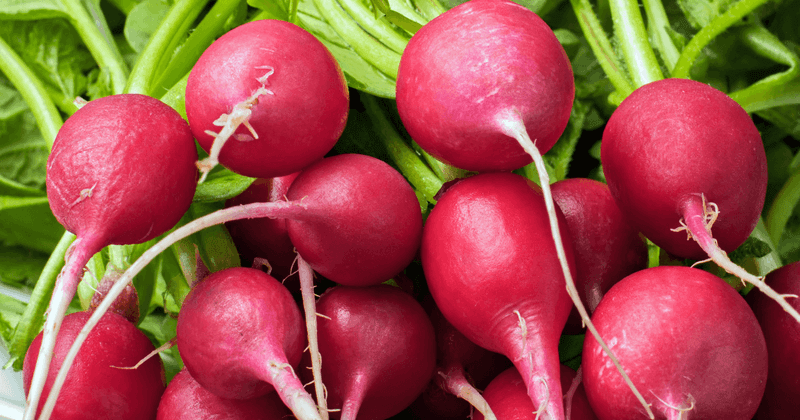
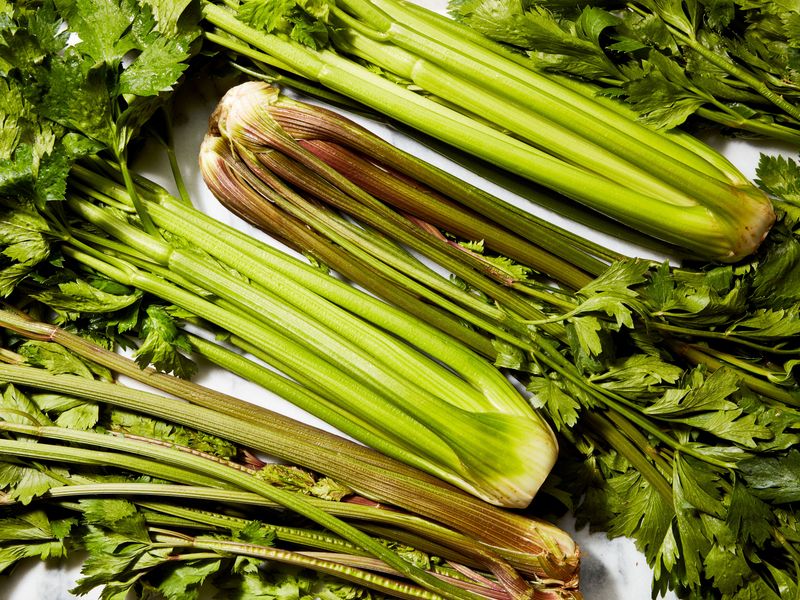
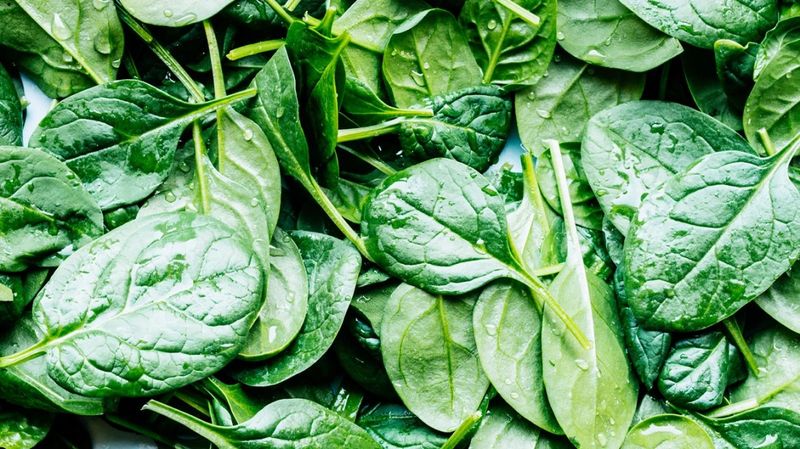
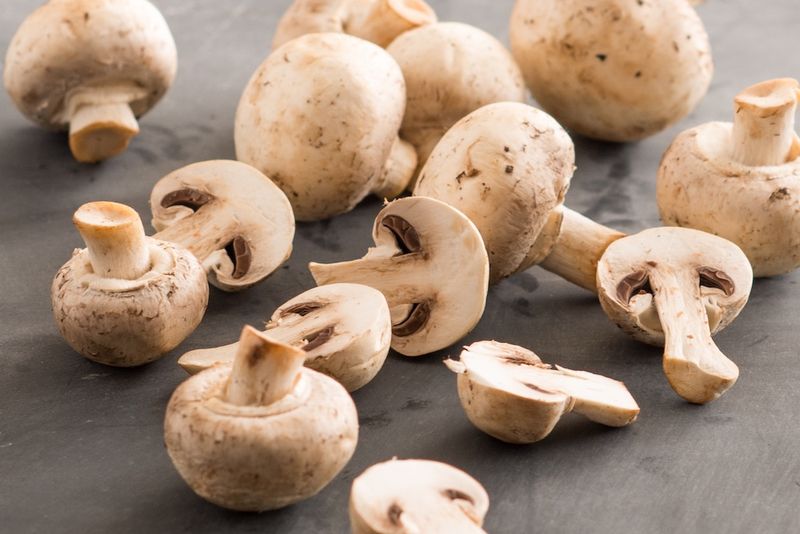
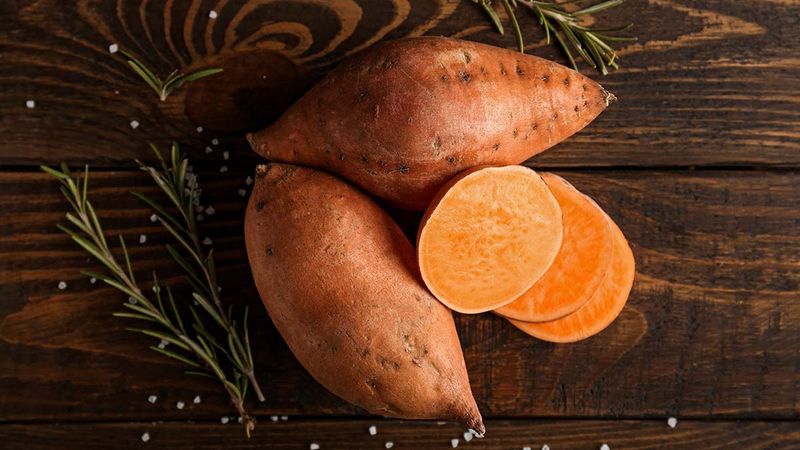
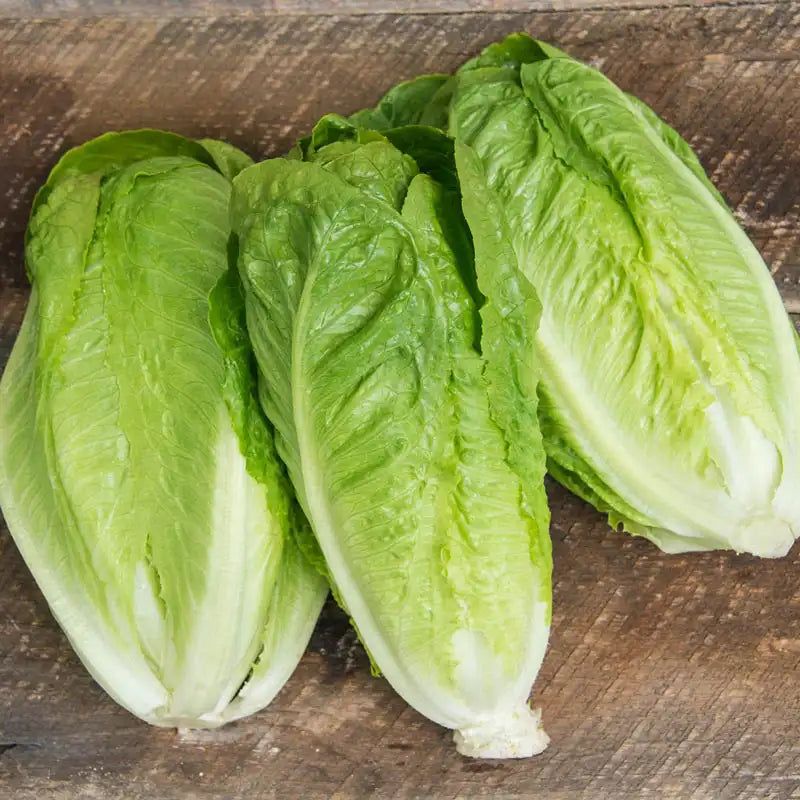
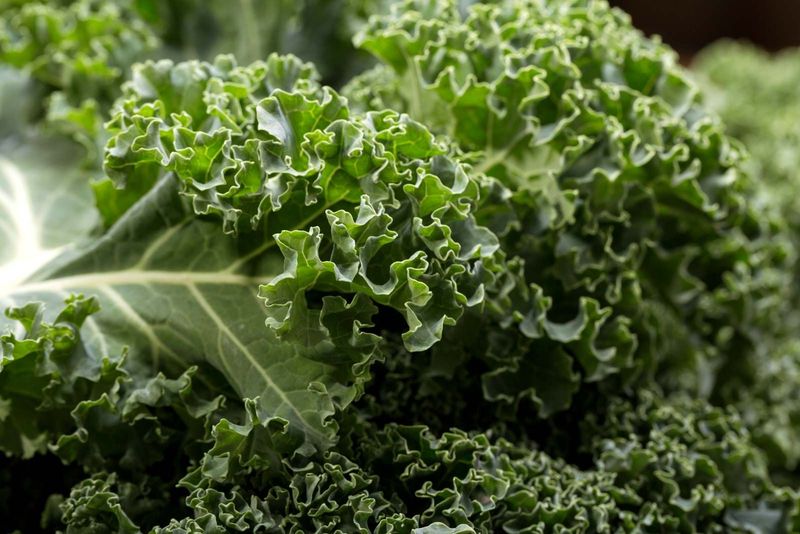
Leave a comment